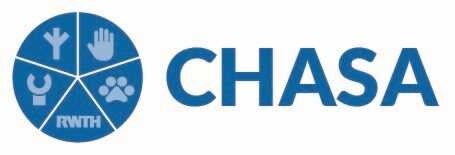- Perspektiven: Die Nachhaltigkeitsforschung schließt im Normalfall drei Dimensionen mit ein – Umwelt, Wirtschaft und Gesellschaft. Das Mensch-Tier-Verhältnis wird und kann hier zumindest in zweien implizit und explizit berücksichtigt werden. Im gesellschaftlichen Kontext können und sollten Themen wie Tierschutz und Tierwohl sowie auch Tierrechte adressiert werden; während mit Umweltbezug ein starker Fokus auf die nicht-menschliche Umwelt und die Qualität von Ökosystemen (welches Tiere einschließt) gelegt wird.
- Methoden: Ökobilanz sowie Sozialbilanz-Entwicklung qualitativer und quantitativer Indikatoren zur Messbarmachung von Biodiversität, Tierwohl und Tierrechten. Re- und Neu-Definition von bestehenden und fehlenden Schutzgütern um das Mensch-Tier-Verhältnis besser innerhalb der Nachhaltigkeitsforschung adressieren zu können.
- Perspective: Sustainability research normally regardsand includesthree dimensions –environment, economy and society. Human-Animal-Relationsare and can be addressed in at least two of them – environment and society. While the latter may rather relate to animal welfare, the social interaction with animals as well as animal-rights; the first relates more the non-human environment including animals through ecosystem quality.
- Methods: Life Cycle Assessment and Social Life Cycle Assessment – qualitative and quantitative indicators on biodiversity aspects, animal welfare, animal rights etc. (Re-)Definition of suitable Areas of Protection for better suiting the Human-Animal-Relations in the Sustainability Assessment context.
Sustainability Research in CHASA (Institute of Sustainability in Civil Engineering:
Literatur:
Neugebauer S., Fischer D., Bach V., Finkbeiner M.(2014). Social indicators for meat production–addressing work-ers, local communities, consumers and animals. In: Proceedings of 9th International Conference LCA of Food, San Francisco, California. USA. 8–10 October 2014
